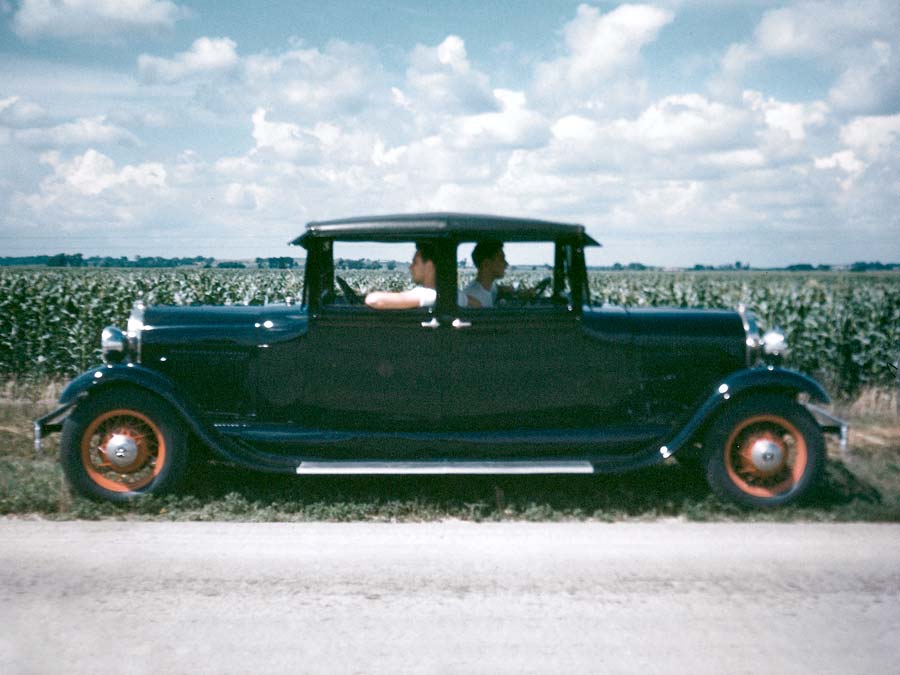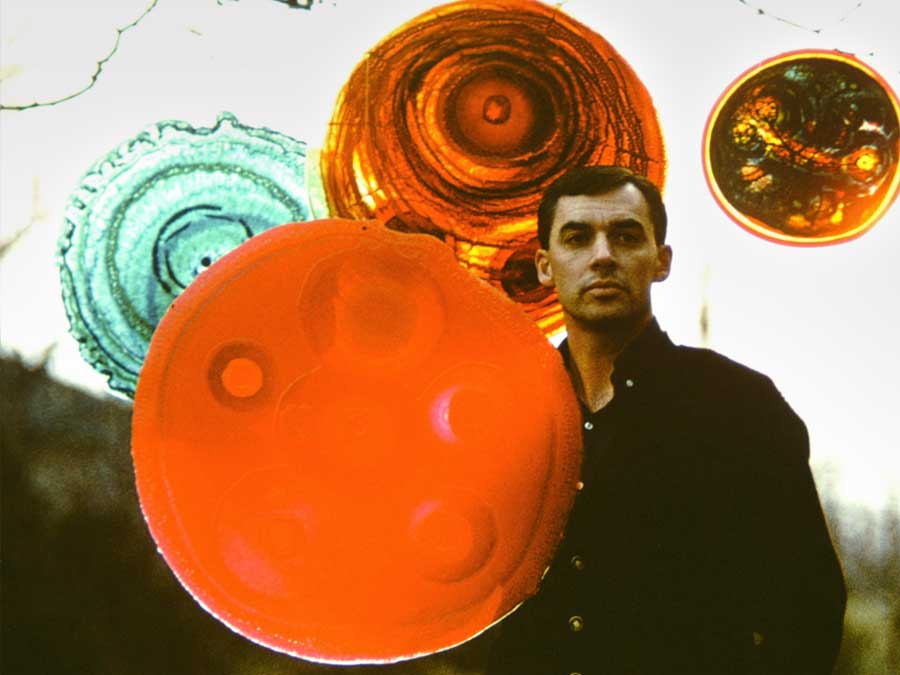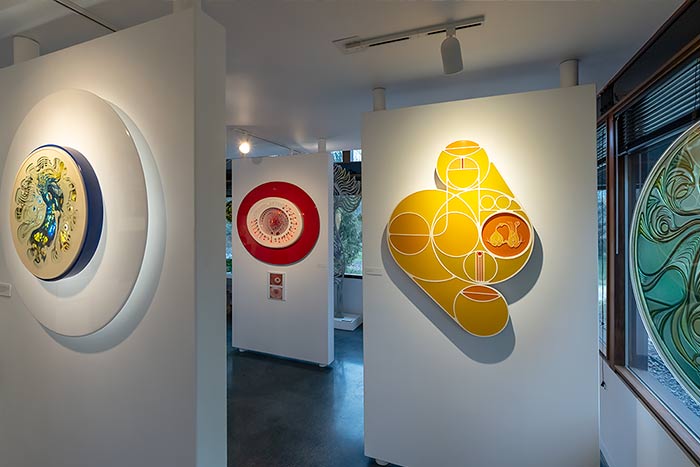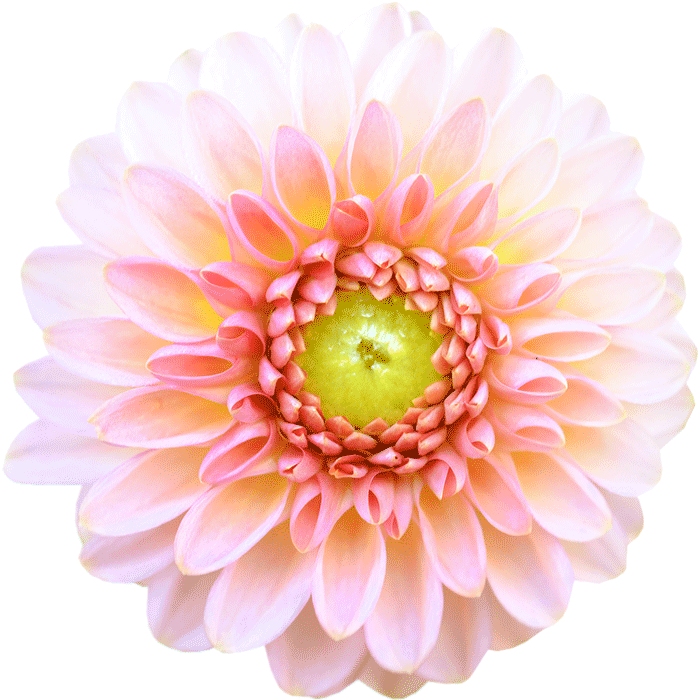Charles A. Breed (1927-2018) was an artist, educator, and philosopher of life.
“Life is a paradox. It is both a mystery to be lived and a problem to be solved. There is a fine line between the rational and irrational, facts and feelings, real and imagined.”
Breed’s art often represented this balance between equal opposites. His work contained symbolic references to seasonal equinoxes and solstices, sun and moon risings, and the cyclic constants in nature, symbolizing the absolutes in nature.
For forty years, Breed’s ingenuity and innovative curriculum inspired and motivated countless students in Midland Public Schools and at Delta College. Beginning in 1958, and for the following seven summers, he developed and directed the art department at National Music Camp, Interlochen, Michigan.

Many of Breed’s art experiences were created as “conceptual art in a public theater.” As a high school student he welded the front ends of two Model A Ford cars together. “Believe It Or Not by Ripley” featured his car as “the first two way automobile.” CBS filmed a clever car-chasing newsreel, which concluded with a policeman at each end of the car issuing a traffic ticket. In 1984, Breed officially ran for president of the United States to publicize his strong belief in equal rights for all citizens. During a seven year period at Delta College, Breed took students to Detroit. The students became “larger than life size Winter Spirits” when wearing their own 10 feet tall creations. Breed, adorned in his own spirit representing spring, would lead a “Spirits of the Equinox” procession through the Renaissance Center to “melt away winter and welcome in spring.”


In 1960, Breed received a grant from the Dow Foundation in Midland, Michigan to experiment with plastic as an art medium. For 30 years he explored the natural beauty, versatility and malleability of polyester resin. He molded, formed, cast, colored, illuminated and created moving parts with the material. The scope of Breed’s work in plastic was extremely diverse. He created abstract and realistic art which varied from nine inches to six feet and included several commissions and expressive series. One public commission was an icon screen of eight six plastic panels, approximately four feet by eight feet, for a Greek Orthodox Church. Another example was his LOVE series, which were two-foot circular pieces of brightly colored geometric shapes and symbols.

Breed gained national attention for his work: it was featured on exhibit at the Smithsonian Institute and sold in the Lee Nordness Gallery in New York City. In 1971, he was one of four American artists chosen for the first International Small Sculpture Biennial in Budapest, Hungary. In addition to his work in plastic, Breed did graphic design and worked with metal and cast paper to create his symbolic art and designs. His art is found in private and corporate collections in the United States, Japan and Denmark.
Charles Breed was honored with governor’s awards for an “Outstanding Michigan Artist” in 1965, and for “Excellence in Design” in 1978. He was awarded a “Master Grant in Plastics” in 1982 by the Michigan Council for the Arts, a “Lifetime Artistic Achievement” award from the Arts in Midland in 2001, and a “Distinguished Artists and Educators” award from Western Michigan School of Arts in 2003. Breed’s work was on exhibit in many juried art shows during his life.
Breed’s artistic creativity and passion is found in his organic and architectural environments. In 1992, he developed Dahlia Hill Society, a volunteer based nonprofit organization that plants and maintains over 3000 dahlias annually on a hill location on Main Street in Midland, Michigan. On permanent display in Dahlia Hill are four, seven-foot tall, cast aluminum sculptures created by Breed. Each sculpture represents one of the four annual seasons and aligned with Breed’s four stages of life. His interpretation is as follows: Spring is age 20; Summer age 40; Fall age 60; and Winter age 80. The garden terraces were designed by Breed as an organic Land Art form from the air. A graphic representation of the aerial view is Dahlia Hill Society’s logo.

Breed’s art is currently on display in the Equiline Museum located at 1320 W. Main St., Midland, Michigan. This location is adjacent to Dahlia Hill Society.

